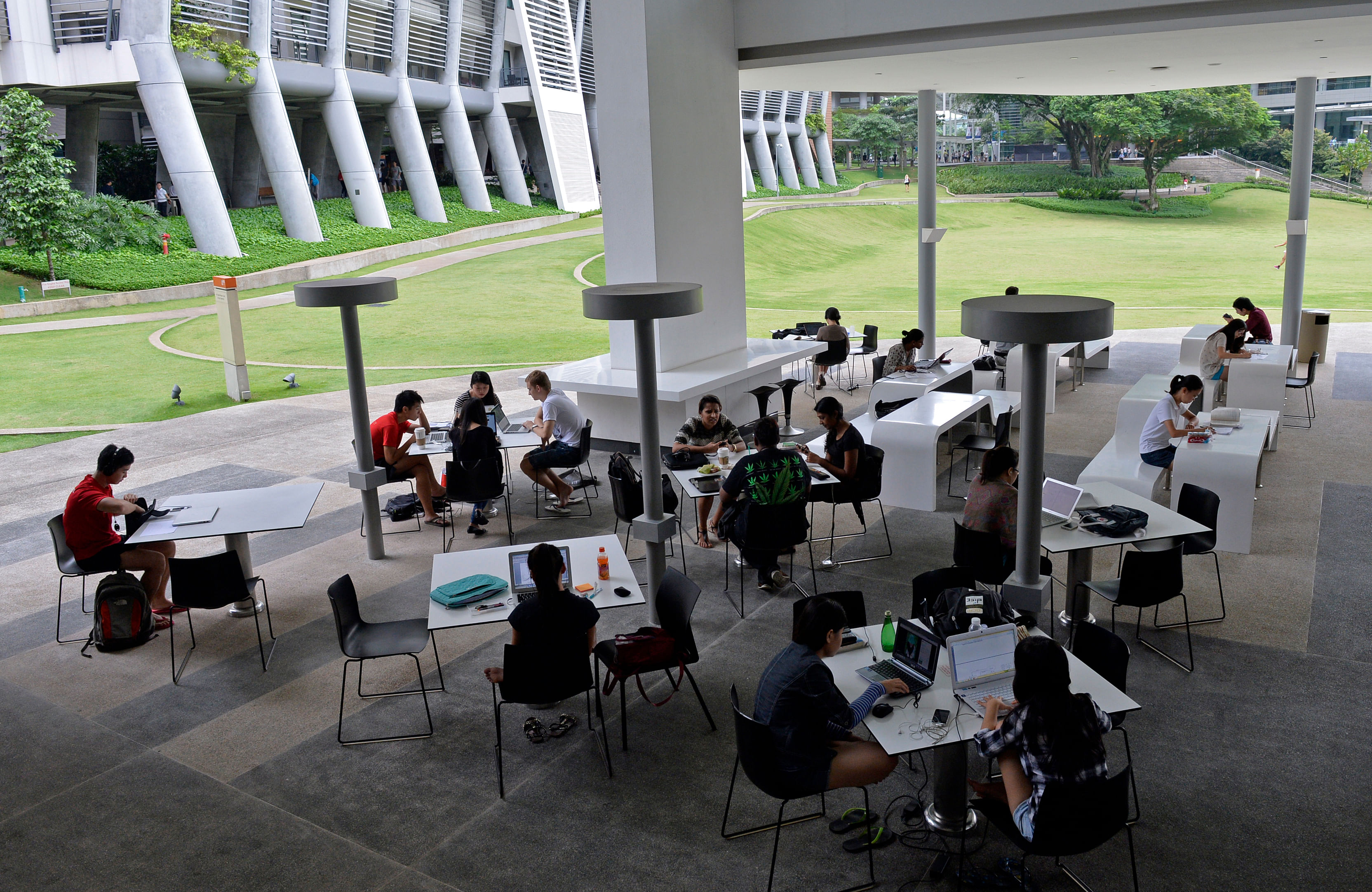When Singapore and the renowned American university Massachusetts Institute of Technology (MIT) launched a partnership in 2008, it promised much to raise the quality of scientific research here that would lead to new business opportunities.
The Singapore-MIT Alliance for Research and Technology (Smart) was trumpeted as MIT's first research centre outside the United States, which would enable its scientists to work with their Singapore counterparts in areas such as biomedical science, water and the environment.
According to a statement then, it would "identify and nurture innovative ideas from emerging technologies and accelerate their migration to practical commercial applications that, in many cases, will occur through the creation of business enterprises with funding from external investors".
The Straits Times report earlier this month that all five Smart research programmes will stop when their funding from the National Research Foundation (NRF) runs out seemed like an untimely end to those early ambitions.
According to the report, NRF's funding is for a limited five-year period, renewable to a maximum of 10 years.
The closure involves 200 researchers from MIT and Singapore, with some affected by the end of the year and others up to 2021.
End of story?

For these researchers, it would seem so. But what does Smart's end say about the larger story of Singapore's multibillion-dollar research and development efforts? Was it an expensive collaboration with an overseas partner coming to a premature end? Or was it a milestone achieved in Singapore's search for success in developing its research capabilities?
You cannot tell because there has not been much said by the people involved, beyond the official comment about the limited nature of NRF's funding.
I hope, though, that it would not be the last word on it and there will be more information and discussion, because the issue is an important one involving how best to develop Singapore's research and development capabilities.
Is the approach of partnering the top universities in the world the best way? And, when such partnerships are started, how best to do it so that Singapore benefits in the widest possible way?
In fact, there is a more basic question: What exactly does Singapore hope to achieve from these collaborations? Is it to jointly develop R&D, which will lead to commercially successful products and businesses, or is the more important objective an educational one, to develop our own local talent from working with the world's best?
More critically, what lessons has Smart's experience taught Singapore about how best to do this?
Answering this question is important because there are many other ongoing collaborations with foreign universities, and there will likely be more in the future.
Some of these include the Duke-NUS Medical School, the Yale-NUS liberal arts college and the NTU-Imperial College medical school.
They are expensive enterprises, as is the entire national R&D effort.
The current five-year 2016 to 2020 budget will cost $19 billion.
It has not been disclosed exactly how much was spent on Smart over those 10 years, but it could not have been small beer. As with many of these arrangements, Singapore foots the bulk, if not all, of the bill.
Here is one indication of how costly these things are: The Smart team was the first and largest tenant of an impressive research building in the National University of Singapore (NUS) called Create, which cost $600 million to build and equip.
But money is not the only issue.
Working with foreign institutions is not a simple matter of just transplanting foreign scientists and their equipment here.
Universities such as MIT have their own unique culture, tradition and objectives, which may or may not be aligned with Singapore's.
Making sure Singapore's own interests are protected requires strong leadership at the research centres with clear aims, supported by a local team that knows how to achieve them while maximising benefits for the country.
It is not an easy task dealing with scientists who have their own strong views about their work and come from a different culture.
The second issue concerns the number of people who benefit from these arrangements.
High-end R&D involves a select group of scientists and students.
One of the aims of Smart was to mentor postdoctoral and graduate students, to enable local researchers to work with some of the best from MIT.
This is a worthwhile educational objective and I hope more will be said about how well it was achieved.
For example, how many local scientists and students benefited from the transfer of knowledge and expertise?
In high-end research, the numbers are probably small.
Another question: Of the MIT researchers who worked here, how many stayed on to further their work or, better still, launched start-ups and ran them?
How many local companies and small and medium-sized enterprises benefited from or were involved in the research work?
Can more be done to ensure Singapore's wider economy and society benefit from these activities?
To be fair, Singapore's national R&D effort is increasingly focused on research with commercial potential and there is keen competition among the universities and research centres for a share of the funds.
One of Smart's successes, for example, is a water technology company, Visenti, which has since been acquired by a global leader in the field, Xylem.
Overall, though, R&D results are often unpredictable and always something of a gamble.
But there is an educational objective as well, which is harder to measure.
Singapore universities are now attractive partners for many of the top global institutions, including Duke, Yale and Imperial College.
NUS and Nanyang Technological University (NTU) have achieved remarkable international recognition, ranking among the top in the world.
A large part of these ranking exercises measures the university's achievement in research, the number of published papers and the quality of faculty.
But both NUS and NTU are also national universities tasked with educating the bulk of Singapore's tertiary students, who want an enriching educational experience in their three to four years there.
Singapore universities have to find the right balance between education and research, because a top-class research university is not necessarily one that delivers the best undergraduate education.
There is one other story worth telling that does not involve a glamorous foreign Ivy League university.
You might not have heard of James Cook University or, if you have, do not think very much of it.
It is an Australian university in Queensland, which has a campus here in Sims Drive.
Starting with 50 students in 2003, it now has 3,500, with 54 degree courses from business to psychology.
Last year, it received the EduTrust Star, the highest quality mark awarded to private educational institutions here, and plans to raise its student population to 5,000.
The campus is wholly owned by the university, with not a single dollar of support from the Government.
But ask the thousands of Singaporean students who have studied there who might not have been able to get a university education otherwise (because they could not qualify for NUS or NTU) and it is a no-brainer which educational model gets their vote.
Their no-frills option will not make waves in the research world. But their education is just as important for Singapore's future.
•The writer is also a senior fellow at the S. Rajaratnam School of International Studies, Nanyang Technological University

